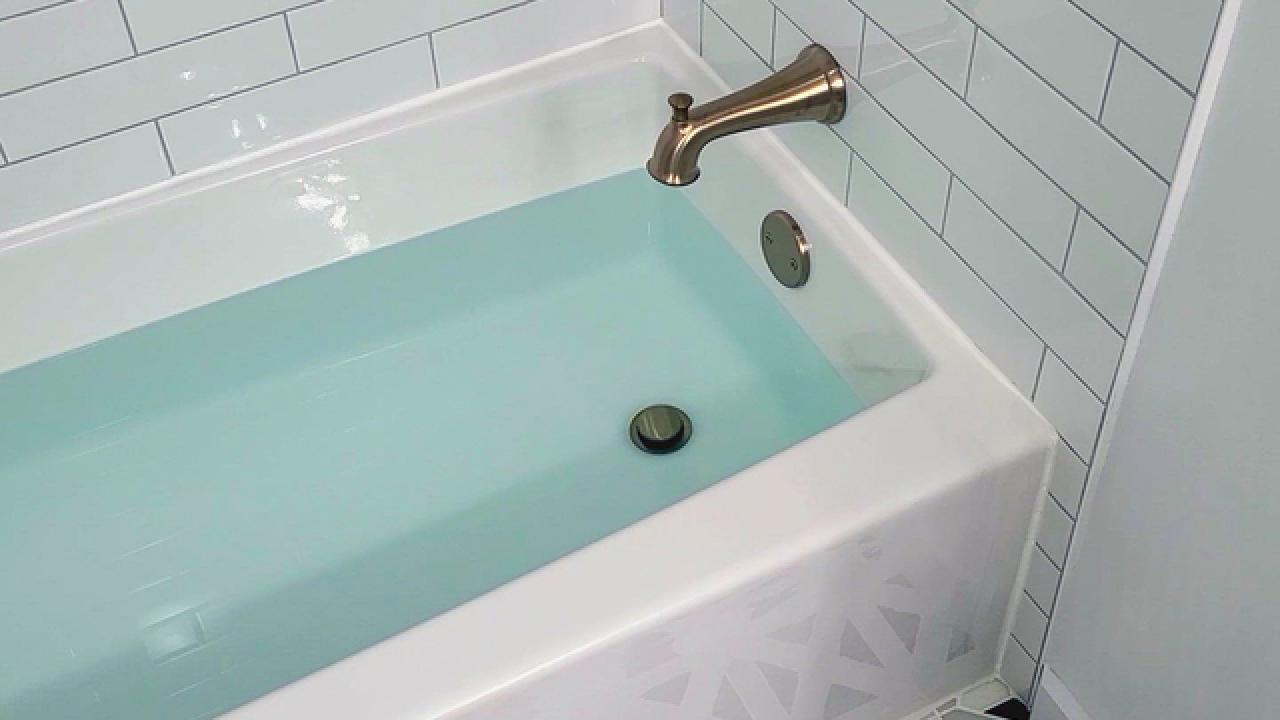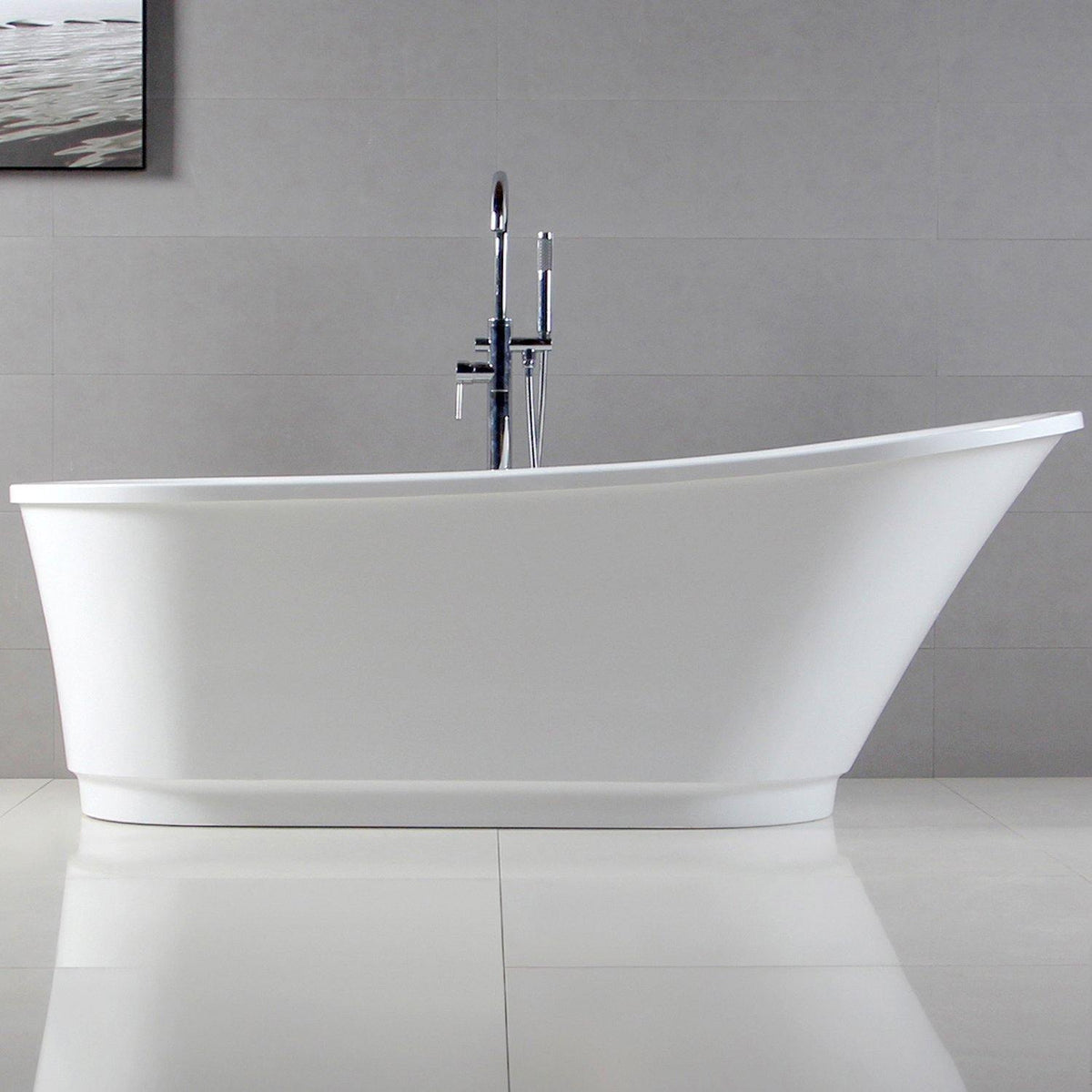Exploring Plumbing Fundamentals for Installing a Bathtub
Exploring Plumbing Fundamentals for Installing a Bathtub
Blog Article
Each person is bound to have their unique piece of advice about Installing A Bathtub.

Mounting a tub isn't precisely rocket science, but it does call for strong plumbing, carpentry, and often, tiling abilities. Changing an old bath tub with a brand-new one is likewise a moderately difficult project. If the old tub is readily obtainable, the job can move rapidly; if you have to open a wall surface to get rid of the old bathtub as well as position the brand-new tub, the task is much harder. In either case, the project is within a home handyman's skills, although you will certainly need a helper to leave the old bathtub and embeded in the new one. Make certain you have actually qualified yourself for the task and also are comfortable attempting it. Instead of working with a professional to take over a halfway-completed job, it is much better to take into consideration using one before you begin. Possibilities are you may need a professional plumber to make tube connections.
This article will certainly aid you install a new bath tub in your washroom if you have actually currently purchased a new bathtub as well as do not need to change the plan of your previous water supply pipelines.
Your tools as well as material list ought to consist of the following:
Preparing for the Setup
Firstly, the sustaining structure supplied with the bath needs to be fitted (if called for) according to the maker's directions. Next off, fit the taps or mixer to the bath tub. When suitable the tap block, it is very important to make sure that if the faucet comes with a plastic washing machine, it is fitted in between the bath and also the faucets. On a plastic bath, it is also practical to fit a supporting plate under the faucets unit to stop strain on the bathtub.
Fit the adaptable tap adapters to the bottom of the two faucets using 2 nuts and olives (occasionally provided with the bathtub). Fit the plug-hole outlet by smearing mastic filler round the sink electrical outlet hole, and after that pass the electrical outlet via the hole in the bathroom. Use the nut provided by the supplier to fit the plug-hole. Analyze the plug-hole electrical outlet for an inlet on the side for the overflow pipe.
Next, fit the end of the versatile overflow pipeline to the overflow outlet. Afterwards, screw the pipe to the overflow face which need to be fitted inside the bathroom. See to it you use all of the provided washers.
Link the trap to the bottom of the waste outlet on the bathtub by winding the thread of the waste outlet with silicone mastic or PTFE tape, as well as screw on the trap to the electrical outlet. Attach the bottom of the overflow tube in a similar manner.The bath should currently prepare to be suited its final setting.
Removing Old Touches
If you need to replace old faucets with brand-new ones as a part of your installation, then the first thing you ought to do is detach the water. After doing so, turn on the taps to drain any type of water continuing to be in the system. The procedure of getting rid of the existing faucets can be rather bothersome as a result of the restricted access that is often the instance.
Utilize a basin wrench (crowsfoot spanner) or a faucet tool to undo the nut that attaches the supply pipelines to the taps. Have a towel prepared for the remaining water that will certainly come from the pipes. As soon as the supply pipes have actually been removed, make use of the same device to loosen the nut that holds the faucets onto the bath/basin. You will require to stop the solitary taps from transforming during this process. As soon as the faucets have been gotten rid of, the holes in the bath/basin will need to be cleaned of any type of old securing compound.
Prior to moving on to fit the new taps, contrast the pipe connections on the old faucets to the brand-new faucets. If the old faucets are longer than the new taps, after that a shank adapter is required for the new taps to fit.
Mounting the Bathtub
Utilizing both wood boards under its feet, position the bathtub in the needed setting. The wooden boards are helpful in evenly spreading the weight of the bathtub over the area of the boards instead of focusing all the weight onto four small points.
The following objective is to make certain that the tub is leveled all round. This can be accomplished by inspecting the level as well as adjusting the feet on the bath tub till the level checks out level.
To mount faucets, fit the bottom of the furthest flexible faucet connector to the appropriate supply pipeline by making a compression join; after that do the exact same for the various other tap.
Turn on the supply of water and also inspect all joints and also new pipework for leakages as well as tighten them if essential. Fill up the bath tub and additionally check the overflow outlet and also the regular outlet for leaks.
Ultimately, fix the bathroom paneling as defined in the producer's user's manual. Tiling as well as securing around the bath tub should wait up until the bathtub has been used a minimum of when as this will certainly resolve it right into its last placement.
Suitable New Touches
If the tails of the new taps are plastic, then you will need a plastic adapter to stop damages to the string. One end of the port fits on the plastic tail of the tap as well as the other end offers a connection to the existent supply pipelines.
If you require to fit a monobloc, then you will certainly call for decreasing couplers, which connects the 10mm pipeline of the monobloc to the typical 15mm supply pipe.
Next off, place the tap in the mounting opening in the bath/basin making sure that the washing machines remain in place in between the tap and the sink. Safeguard the tap in position with the maker provided backnut. As soon as the tap is firmly in place, the supply pipes can be linked to the tails of the taps. The faucets can either be connected by utilizing corrugated copper piping or with typical tap connectors. The previous kind ought to be attached to the tap ends initially, tightening up only by hand. The supply pipes can later be linked to the various other end. Tighten up both ends with a spanner after both ends have actually been linked.
Tiling Around the Tub
In the location where the bathroom fulfills the floor tile, it is necessary to seal the joins with a silicone rubber caulking. This is necessary as the installation can relocate sufficient to split a stiff seal, triggering the water to permeate the wall between the bathroom and the tiling, leading to complications with wetness as well as feasible leaks to the ceiling listed below.
You can pick from a variety of coloured sealers to assimilate your fixtures and installations. They are marketed in tubes as well as cartridges, and can securing spaces up to a size of 3mm (1/8 inch). If you have a bigger gap to load, you can fill it with spins of drenched newspaper or soft rope. Remember to constantly fill the bath tub with water prior to securing, to permit the movement experienced when the tub remains in use. The sealant can crack rather early if you do not consider this activity prior to securing.
Alternatively, ceramic coving or quadrant floor tiles can be used to border the bath or shower tray. Plastic strips of coving, which are easy to use as well as reduce to size, are additionally easily readily available on the market. It is a good idea to fit the ceramic tiles making use of water-resistant or water resistant glue and grout.
Bathtub Installation
How Important Is A Bathtub To Your Home?
High-quality baths, showers, and other bathroom updates are necessary when considering a smart investment in your home. It’s a room that you go to every day and one that is constantly being used by guests.The bathroom is one of the top trafficked rooms in a home and also one of the most valuable in terms of home resale.
Install Piping Before Tub
You will be using your existing drain and waste vent system, but pipes required include the hot and cold water supply lines and a pipe leading to a shower head. A mixing valve and shower head are also needed. Air chambers may be required.
Position the Tub
Lower the tub into place so that the continuous flange fits against the wall studs and rests on 1’x4' or 2’x4' supports. Anchor the tub to the enclosure with nails or screws inserted through the flanges into the studs.
NOTE: Remember, bathtubs and shower stalls may require support framing. A bathtub filled with water is extremely heavy, so check building codes and framing support before installing the tub.
Assemble Drain Connections
Assemble the bathtub drain connections by connecting the tub overflow with the tub drain above the trap, not beyond it. The trap will have a compression fitting that screws over the arm of the overflow assembly.
Place a Pipe For the Shower Head
First, locate a brass female threaded winged fitting and attach it to a framing support via a screw or a nail. Then run a pipe up the wall for the shower head. Sweat or solder the other side of the brass fitting to the top of the pipe.
Attaching Hot and Cold Water Lines
Attach your water lines for both hot and cold by sweating these directly into the hot and cold ports of the mixing valve. The mixing valve will be how water enters the tub’s system, not by the pipes themselves.
Install the Spout
Extend a piece of 1/2 inch pipe, or whichever length is specified in the manufacturer’s instructions, for the tub spout. Sweat on a male threaded fitting at the end of the pipe or use a brass nipple of the proper length and a 1/2 inch cap.
NOTE: At this point you should have your rough-in plumbing work inspected before proceeding further.
Check For Leaks
Restore the water pressure and check the drain connection and the supply pipes for any sign of leaking.
estore the Bathroom Wall
Replace the wall with moisture-resistant drywall as a base for your wall covering. Seal the joints between the wall and your new tub with silicone caulk as protection against water seepage.
https://www.berkeys.com/2016/12/02/bathtub-installation-dallas/

I am very eager about Installing A Bathtub and I am praying you appreciated the new blog post. Sharing is nice. You never know, you will be doing someone a favor. Thank you for going through it.
Book Today! Report this page